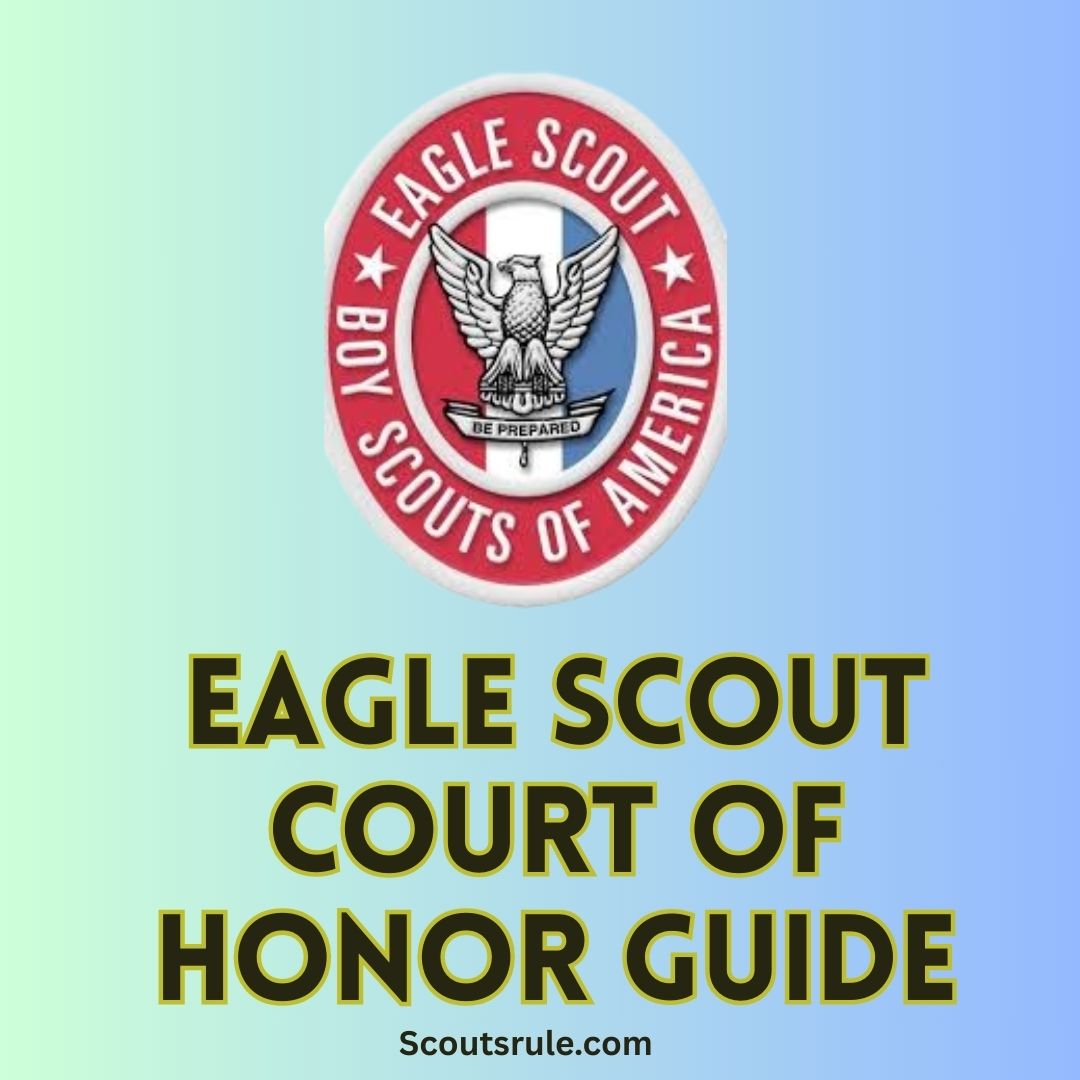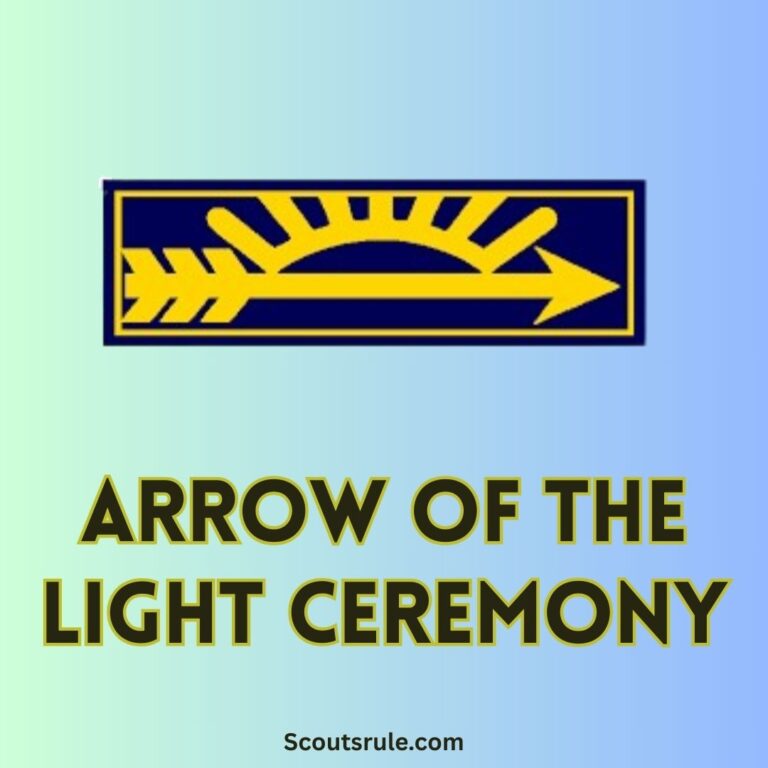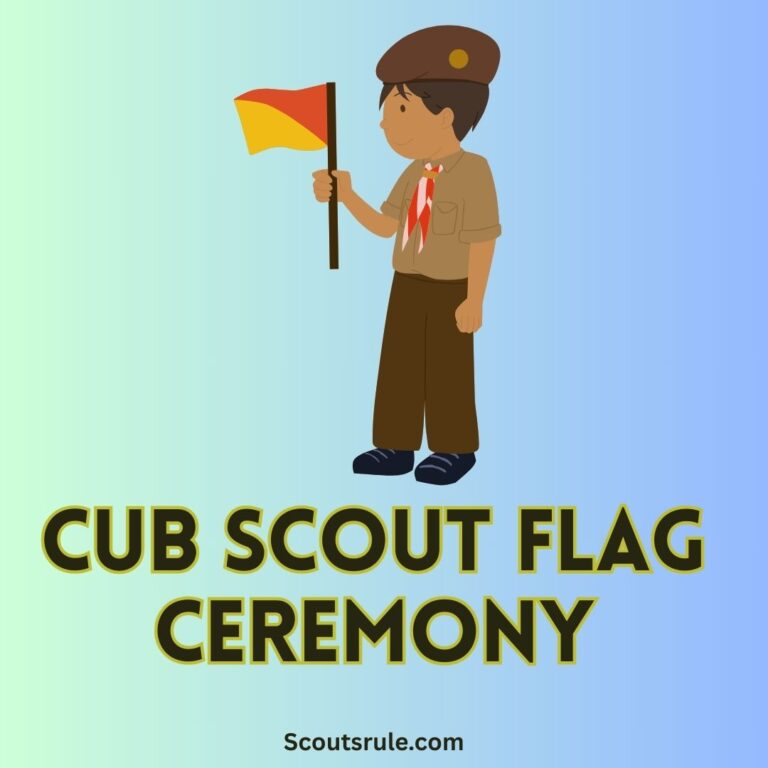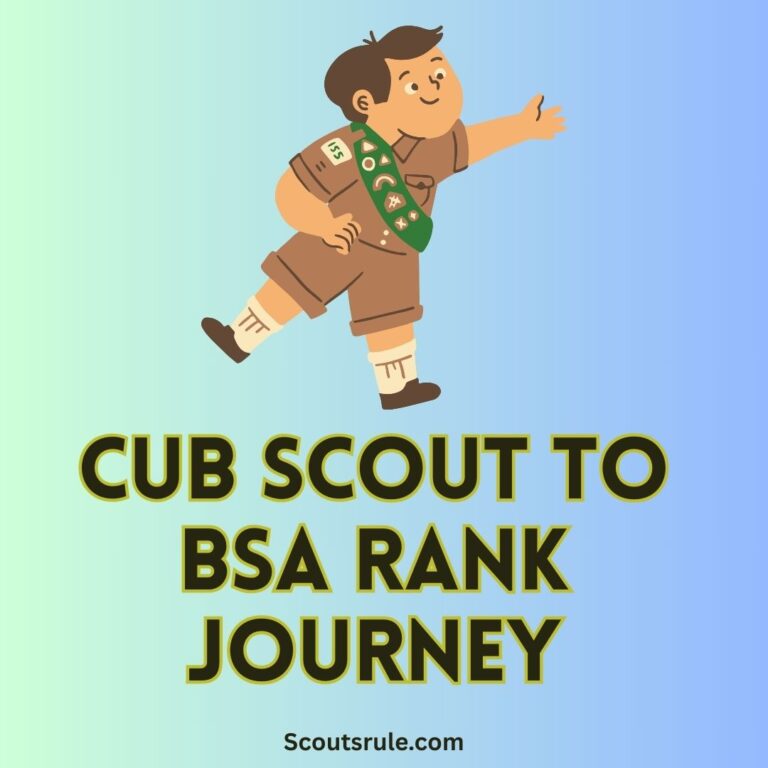
This article is designed to help Eagle Scouts, troop leaders, parents, and other stakeholders understand every step of the process—from defining the purpose of the ceremony and setting the details to managing the program and celebrating the achievements of new Eagle Scouts. Whether your Eagle Court of Honor will be an elaborate formal ceremony or a more modest celebration, the following guide will provide you with the tools, tips, and ideas you need to ensure that the occasion is meaningful, memorable, and smoothly executed.
Post Contents
- Introduction: Celebrating Triumph and Leadership
- 2. The Purpose and Significance of an Eagle Scout Court of Honor
- 3. Early Planning and Pre-Arrangements
- 4. Developing a Program and Script
- 5. Logistics and Coordination
- 6. Roles, Responsibilities, and Rehearsals
- 7. The Day of the Ceremony
- 8. Post-Ceremony Activities
- 9. Additional Tips and Resources
- Conclusion: Honoring a Lifetime Achievement
Introduction: Celebrating Triumph and Leadership
The Eagle Scout Award is the highest rank attainable in Scouting and represents years of dedication, leadership, and personal growth. An Eagle Scout Court of Honor is a ceremonial event that recognizes these achievements in a public and heartfelt way. It is a time for family, friends, troop members, and community leaders to come together and celebrate not only the achievements of the newly earned Eagle Scout(s) but also the journey that led to this pinnacle of success.
This guide will walk you through every aspect of planning and executing an Eagle Court of Honor, ensuring that the event is organized, respectful, and true to the spirit of Scouting.
2. The Purpose and Significance of an Eagle Scout Court of Honor
Before diving into the details, it’s important to understand why the Eagle Court of Honor is so significant. This event:
- Celebrates Achievement:
It marks the culmination of years of training, service, and personal development. The ceremony honors the Eagle Scout(s) for their contributions, leadership, and the challenges they’ve overcome throughout their Scouting journey. - Inspires Others:
By publicly recognizing outstanding achievement, the Court of Honor serves as an inspiration to younger Scouts as well as peers who are still working toward their goals. - Strengthens Community Bonds:
The event brings together family, friends, and community members to celebrate and reflect on the values instilled by Scouting. It is an opportunity to reaffirm the importance of service, leadership, and commitment to community. - Encapsulates Scouting Values:
The ceremony is a living reminder of the ideals of Scouting—duty, honor, and a lifelong commitment to personal growth and community service.
Understanding these core purposes helps guide the planning process, ensuring that each element of the ceremony aligns with these values.
3. Early Planning and Pre-Arrangements
Proper planning is essential to the success of your Eagle Scout Court of Honor. Early preparations set the stage for a smooth, enjoyable, and meaningful ceremony.
3.1 Assembling the Planning Team
Successful Eagle Court events are rarely the work of a single person. They rely on a dedicated planning team that might include:
- The Eagle Scout(s):
The honorees often take an active role in deciding certain aspects of the ceremony, such as the program’s tone and any personal messages they wish to share. - Troop Leaders and Counselors:
These individuals provide guidance, ensure that the ceremony aligns with Scouting guidelines, and offer advice based on their experiences. - Family Members:
Parents or guardians often help organize logistics, invitations, and reception details. - Support Volunteers:
Peers or local community members may assist with set-up, decorations, public relations, or technology support.
Assembling the team early on helps distribute responsibilities and ensures that every detail is considered.
3.2 Choosing the Date, Time, and Venue
Deciding when and where to hold the ceremony is one of the first major tasks:
- Selecting a Date:
Choose a date that suits the availability of key participants—including the Eagle Scout(s), troop leaders, family members, and honored guests. Consider holidays, school schedules, and other community events. - Setting the Time:
The ceremony should take place at a time that allows families and community members to attend comfortably. Evening events with proper lighting or daytime events with natural sunlight both have their merits. - Choosing the Venue:
Whether it’s a local church, school, community center, or outdoor ceremony site, the venue should reflect the dignity of the occasion. Ensure it has sufficient space, seating, and accessibility for all guests.
Once the details are decided, confirm the availability with the venue and prepare a backup plan in case of unexpected issues (weather, technical difficulties, etc.).
4. Developing a Program and Script
A thoughtful program and script help create a cohesive and inspiring ceremony.
4.1 Program Elements and Components
A typical Eagle Court of Honor program might include:
- Opening Remarks:
The ceremony often begins with a welcome message from a troop leader or master of ceremonies. This section might include a brief introduction about the significance of the Eagle Scout Award. - Presentation of the Eagle Scout(s):
Honoring the Eagle Scout(s) is the centerpiece of the event. This might be done by reading the Eagle Scout’s project narrative, presenting awards, or showcasing their achievements. - Inspirational Speeches and Testimonials:
Speakers—ranging from troop leaders to distinguished community members—share words of encouragement and recount the contributions of the Eagle Scout(s). - Eagle Scout Charge or Pledge:
A traditional component might be the reading of an Eagle Scout Charge, in which the honoree pledges to continue to uphold Scouting principles. - Closing Remarks and Recessional:
The ceremony concludes with final words of congratulations, followed by an organized recessional where honorees exit the venue with dignity and respect.
4.2 Writing an Inspirational and Cohesive Script
Develop your script with the following in mind:
- Tone and Style:
The script should be respectful, inspiring, and clear. It should balance formal elements with personal touches that reflect the unique journey of the Eagle Scout(s). - Flow and Timing:
Ensure that the program has a logical flow—from the opening welcome to the final acknowledgments. Practice the script to gauge timing and make adjustments as needed. Avoid overly long segments that might cause audiences to lose attention. - Incorporate Personal Stories:
Whenever possible, include anecdotes or achievements from the Eagle Scout’s experience. These personal touches connect the audience to the honoree, making the ceremony more memorable. - Rehearse:
Hold practice sessions with your planning team. This not only builds confidence but also helps identify areas that may need adjustment or clarification.
Develop a final script that is polished, rehearsed, and ready to be delivered seamlessly during the ceremony.
5. Logistics and Coordination
Logistics are the behind-the-scenes details that ensure your ceremony runs smoothly.
5.1 Invitations and Publicity
- Invitations:
Develop a list of guests that includes family, friends, troop members, community leaders, and any special figures (e.g., mentors or influential pipers in Scouting). Send out invitations well in advance, making sure to include all relevant details such as date, time, location, and dress code. - Publicity:
Determine whether and how you want to publicize the event further. Some Eagle Courts include press releases or local newspaper announcements. If you opt for publicity, work with local media or community bulletin boards to spread the word.
5.2 Managing the Budget and Fundraising
Depending on the scope of your event, budget management may be a significant aspect of planning:
- Budgeting:
Create a detailed budget covering venue costs, invitations, decorations, audio-visual equipment, and refreshments. Include contingency funds for unexpected expenses. - Fundraising or Sponsorship:
If funds are limited, consider organizing fundraisers or seeking sponsorships from local businesses or community organizations.
5.3 Equipment, Decorations, and Audio-Visual Requirements
- Equipment:
Make a list of all necessary items such as microphones, speakers, projectors, chairs, tables, and podiums. - Decorations and Signage:
Ensure the venue reflects the dignity of the Eagle Scout achievement. This could include banners, flags, and photographs of troop activities. - Technical Support:
Test all technical equipment well in advance of the ceremony to minimize potential disruptions. Arrange for on-the-day technical support if necessary.
Coordination of these logistics ensures the event is not only meaningful but also seamlessly executed.
6. Roles, Responsibilities, and Rehearsals
Effective roles and clear responsibilities among your planning team are key to a successful Eagle Court of Honor.
6.1 Defining Roles: Troop Leaders, Honorees, and Family
- Troop Leaders and Counselors:
They are responsible for guiding the planning process, ensuring adherence to Scouting standards, and lending their experience to the creation of the ceremony. - Eagle Scout(s):
The honorees may have specific roles, such as sharing personal reflections, reading portions of the charge, or helping with the overall presentation. - Family Members:
Often involved in organizing reception details or logistical arrangements, family members help ensure that the event reflects the honor and pride associated with the Eagle Scout rank.
6.2 Rehearsals and Final Preparations
- Conduct Rehearsals:
Schedule one or more full run-throughs of the program. This practice allows all participants—especially those who will speak or perform—to refine their delivery. - Review and Adjust:
Use the rehearsal feedback to make final tweaks to the script, the sequence of events, or the placement of equipment. - Final Checklists:
Develop a day-of checklist that covers every step—from setting up the venue to confirming with each member that their role is understood.
Rehearsals help mitigate nerves and identify potential problems before the actual event.
7. The Day of the Ceremony
When the day arrives, efficient execution is essential.
7.1 Setting Up and Final Checks
- Venue Setup:
Arrive early to oversee the setup of chairs, tables, decorations, and the arrangement of the stage or podium. Confirm that all audio-visual equipment is functional. - Pre-Ceremony Briefing:
Hold a brief meeting with all presenters and aides to review responsibilities and any last-minute changes. - Guest Arrival:
Have a team assigned to greet guests, sign them in if necessary, and direct them to seating areas.
7.2 Executing the Program
- Smooth Transitions:
Ensure that each segment of the script flows into the next with minimal delays. - Handling Issues:
Be prepared to manage any unexpected events, such as technical malfunctions or schedule deviations. A backup plan should be in place to address emergencies. - Maintaining the Tone:
Encourage speakers and participants to remain composed and on message, keeping the focus on celebrating the achievements of the Eagle Scout(s).
8. Post-Ceremony Activities
After the ceremony, there are a few important follow-up tasks that add closure and build on the success of the event.
8.1 Debriefing and Thank-You Notes
- Debriefing:
Hold a debriefing session with your planning team shortly after the event, discussing what worked well and what could be improved for future ceremonies. - Thank-You Notes:
Send thank-you notes to guests, speakers, and volunteers to express gratitude for their participation. This courteous gesture reinforces community and acknowledges everyone’s efforts.
8.2 Eagle Scout Publicity and Documentation
- Media Coverage:
If local news outlets or school newspapers covered the event, compile these stories as part of your Eagle Scout portfolio. - Photo and Video Archive:
Create a scrapbook or digital album featuring photographs and videos from the day. Not only is this a treasured keepsake, but it also provides documentation of your achievement.
9. Additional Tips and Resources
Here are some practical tips to further enhance your Eagle Court of Honor planning:
- Variations Are Welcome:
There is no single “right” way to conduct a Court of Honor. Customize the ceremony to reflect the personality of the Eagle Scout(s) and the culture of your troop. - Consult Handbooks and Online Guides:
Resources like the Eagle Court of Honor Handbook, available through the Boy Scouts of America website, and articles from websites such as ScoutSmarts provide concrete examples and step-by-step instructions. - Keep Communication Open:
Regularly update the planning team and solicit input from everyone involved. Transparent communication minimizes misunderstandings and ensures everyone is on the same page. - Practice Makes Perfect:
Even if some parts of your ceremony are familiar, practicing the entire program ensures that minor issues are resolved beforehand. - Plan for Flexibility:
Weather, technical mishaps, or scheduling conflicts may arise. Have backup venues, alternative scripts, or contingency plans ready. - Celebrate the Journey:
While every detail is important, remember that the heart of the event is celebrating years of dedication, leadership, and personal growth. Let that spirit shine through every aspect of the ceremony.
Conclusion: Honoring a Lifetime Achievement
The Eagle Scout Court of Honor is much more than a formal ceremony—it is a celebration of perseverance, leadership, and the fulfillment of a promise to serve and excel. Planning your Eagle Court of Honor offers you the chance to reflect on the valuable lessons learned through Scouting, to commemorate personal achievements, and to share that milestone with your family, troop, and community.
By carefully and methodically organizing every aspect—from the early planning stages and designing a thoughtful program to executing clear safety protocols and rehearsing each segment—you ensure that the event is both memorable and inspirational. The experience remains a source of pride for the Eagle Scout(s) and instills a spirit of gratitude and motivation among those who attend.

Hi, Robin here, A former lead Scout and here I share my inspiring stories about USA Scouts, leadership, adventure, how to guides and more.






